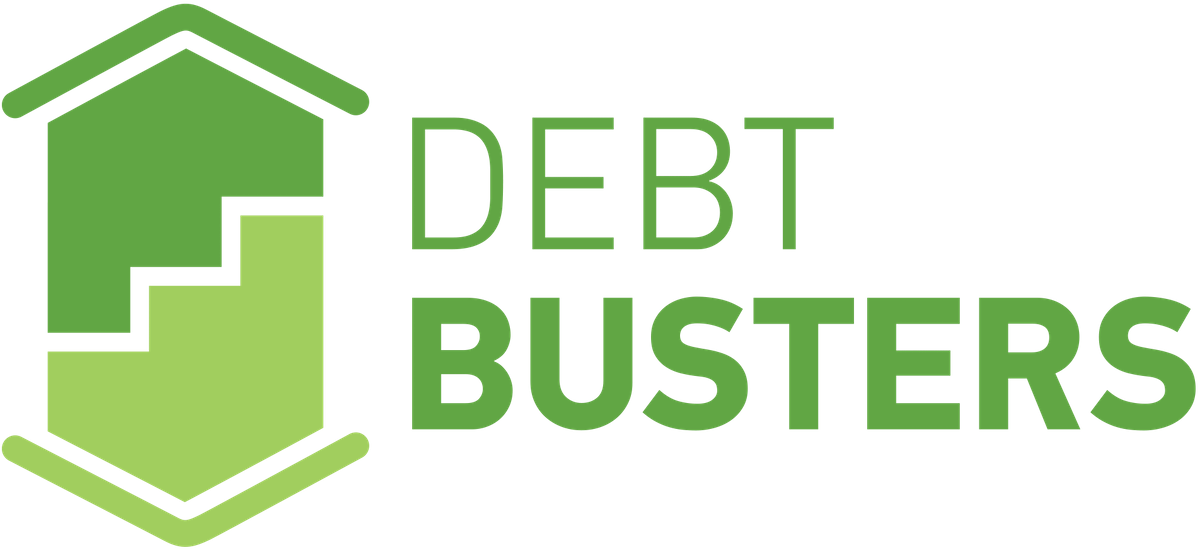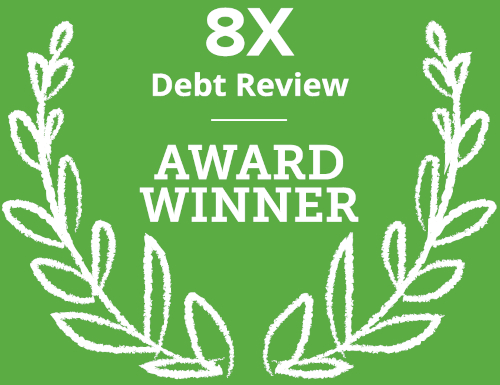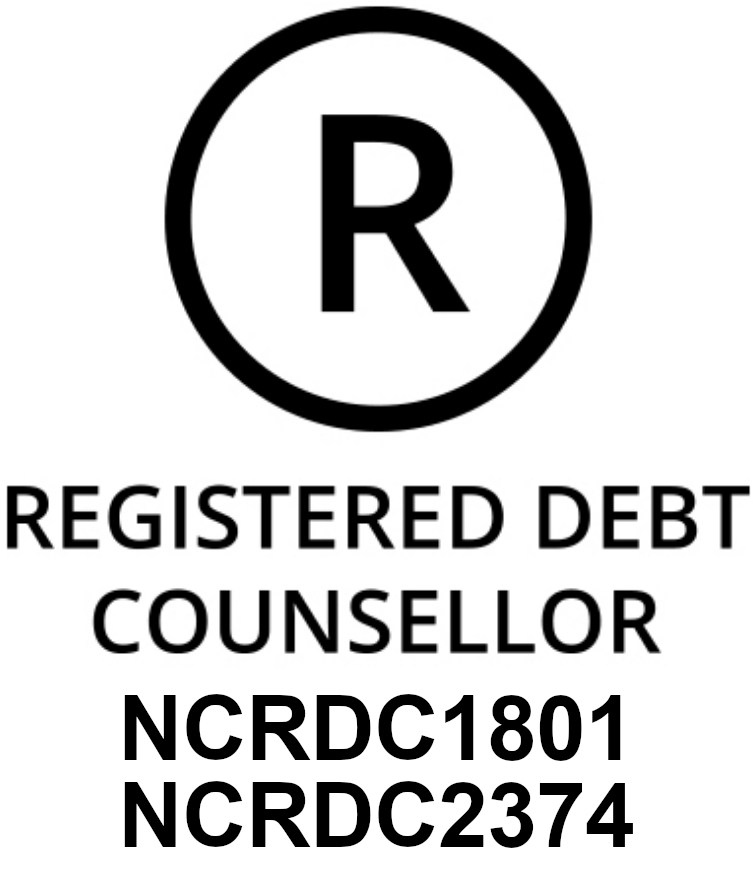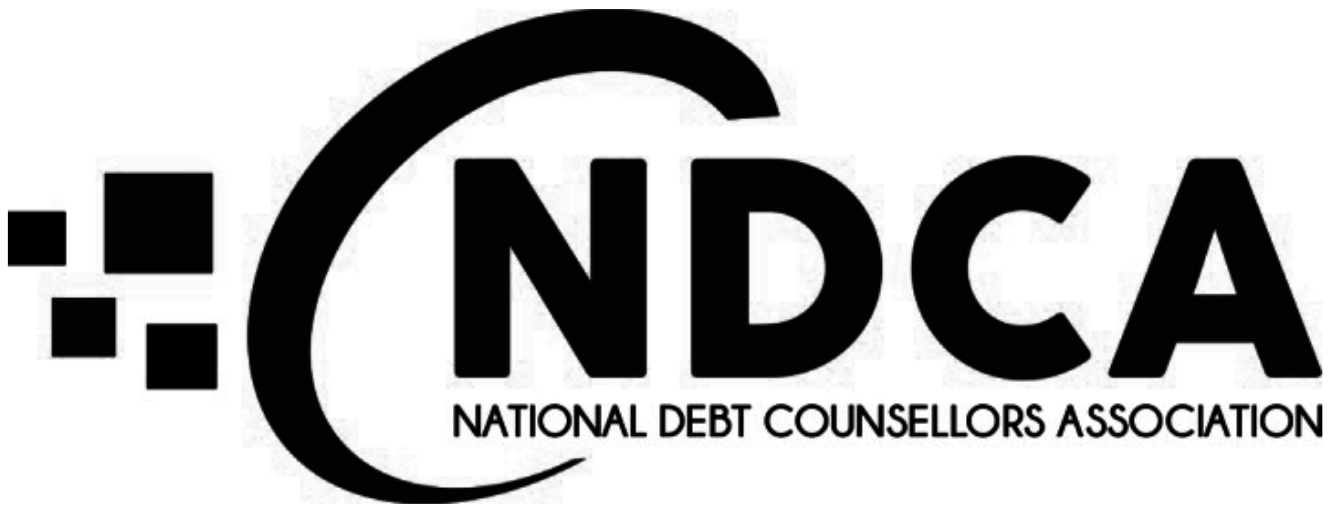How often do you pop to the supermarket to get some basics and leave with a trolley full of items you never intended to buy? Impulse buying happens to all of us — and mostly, we ignore it, excuse it, or simply blame ourselves.
The reality is that most stores are designed specifically to keep you there longer and tempt you into spending more than you should. Millions of Rands are pumped into market research to track consumer habits, weaknesses, insecurities and desires, leaving you and your wallet defenseless.
In an effort to empower you as a consumer, we’ve put together a list some of the most common spending traps out there.
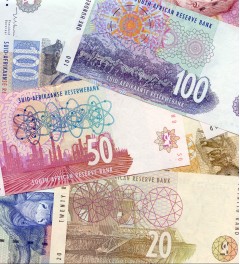
Tracking predictable patterns
Many retailers investigate the common movement patterns of shoppers: where you’re likely to go first, whether you’ll turn left or right on entering a store, which colours and textures are most likely to distract you.
Although we might feel that we are in control, it’s probably worth noting that human beings tend to follow similar patterns in an unconscious manner. Try to be aware of how many of your decisions are your own when shopping, and how many are being made by the people who want you to spend.
Sensory overload
The comforting smell of baked goods, the beautiful flower arrangements adorning the store entrance, the bright lights, colourful shelves, glossy packaging, relaxing music: retailers have figured out how to enchant and overwhelm our senses, sending us off in an unconscious, excitable shopping daze.
Fake sales/ specials
This has become common in plenty of local stores, particularly with toilet paper. You’ll notice a toilet paper display with a big sign showing the price, as if there is a special or sale on. Often, the price is exactly the same as it’s always been.
The manufacturer is probably paying for an in-store promotion. Check prices carefully when goods are on display — it doesn’t necessarily mean they’re on special.
Priciest goods at eye-level
Manufacturers pay to have their goods placed at eye-level. Look above, below and behind these items, and you’ll often find the same product at a better price.
Emulating the life we want
The glistening, spotless surfaces of pretty much any mall, large banners with images of healthy, radiant women, salespeople who look like supermodels, tag lines on labels that make us feel we’d be a better mother/ father/ wife/ husband/ lover.
It’s a simple trick: retailers present the perfect picture of the lives we aspire to, and make us feel like we are able to buy it. Be wary of buying an idea instead of a product.
Labels that lie
The cheapest items aren’t always the best deal. For example, some of the detergents or dishwashing liquids that cost less could be diluted and contain fewer active ingredients, meaning you’ll have to use more in the end anyway.
The same can apply to fruit juices — fruit juice ‘blend’ could mean only 30% fruit and 70% blend.
How to get around this? Read your labels carefully, and make sure you’re getting what you pay for.
Strategically placed goods
Essentials are usually placed far apart from one another, to ensure you cross a couple of aisles when moving from one essential item to the next. If stores were really laid out for our convenience, you wouldn’t have to cross the span of the supermarket to get milk and bread.
Need debt counselling or consolidation?
Explore DebtBusters' solutions for reducing your interest rates and unlocking cash.
Find out moreUsually, the essentials are placed in the middle of the aisle, with non-essential items at the very end. This means you’ll have to pass the non-essentials a few times as you enter and an aisle, each time increasing the likelihood of an impulse buy.
In department stores, the make-up and perfume sections tend to be placed at the entrance. Passing them twice increases the temptation of trying a tester and therefore crossing the deliberation threshold.
Irresistible combinations
Tea and rusks, biltong and beer, guacamole, salsa and fajitas…retailers combine products that go well together, and we feel like we’re the ones who had the good idea.
Changing the floor plan
Another very common trick is changing the store layout on a regular basis. This means that, even at your local supermarket, you’ll be sent on a wild goose chase at least a few times a year.
The longer you spend lost in a supermarket, the more likely you are to buy something. Take a look at our article on Beating the supermarket layout to avoid falling for these simple layout tricks.
BOGOF deals Buy one get one free (or at a discounted price)
This is one of the oldest tricks in the book, yet we still fall for it. You’re not saving money if you purchase something you never intended to buy. It’s that simple.
Temptations at the checkout queue
This is another obvious trick: leaving the kiddies’ sweets at their eye-level, and the magazines and tempting snacks at your eye-level in the queue.
Some stores place more practical items at the till, too: light bulbs, batteries, dental floss, blank CD’s — stuff you think you should buy ‘just in case’, and feel remarkably responsible for having done so. Sneaky.
Bargain bins at the at the entrance
This is a common trick at clothing stores. It is a brilliant way to get you to cross over the threshold and into the shop, whether you came to buy clothes or not.
Big trolleys
Even if you’ve entered the shop to buy a loaf of bread, the idea of using a trolley or basket always seems quite practical, doesn’t it?
Research shows that carrying a basket increases the likelihood of wanting to fill it. To add to that, most stores present the largest trolleys first, and the smaller baskets hidden just behind. The rule of thumb? Don’t use a trolley unless you absolutely have to.
Moneybags top shopping tips:
- Have a list, and stick to it.
- Take a look at our guide on How to save at the grocery store http://www.moneybags.co.za/article/15-ways-to-save-on-groceries/ for more shopping tips.
- Look at the prices, sizes and ingredients.
That’s all the information you need. The rest is just marketing. Use the checkout queue to rethink your purchases, rather than add to them. This article was powered by: www.moneybags.co.za
